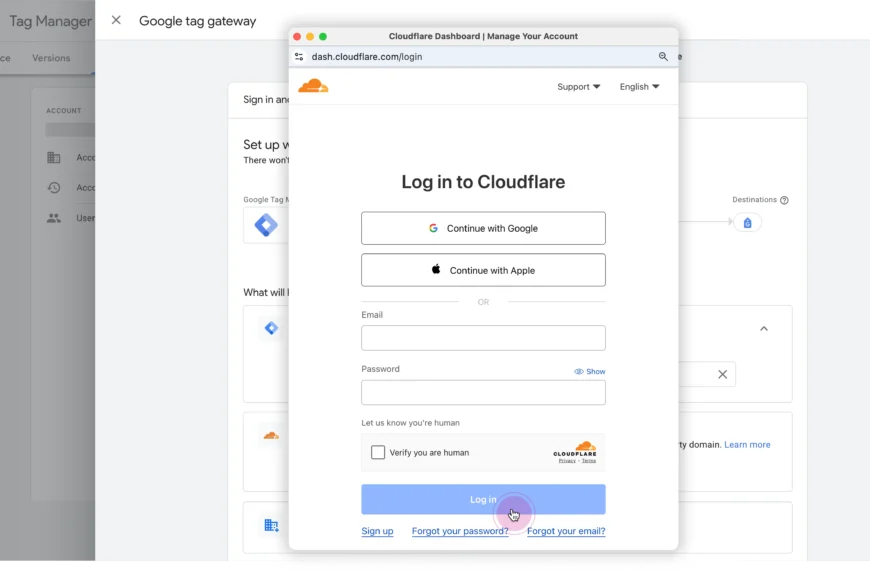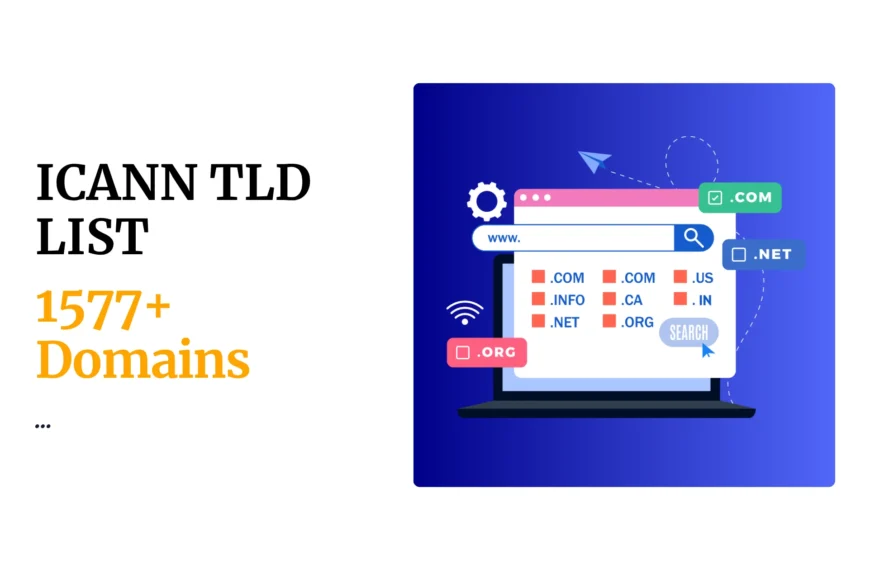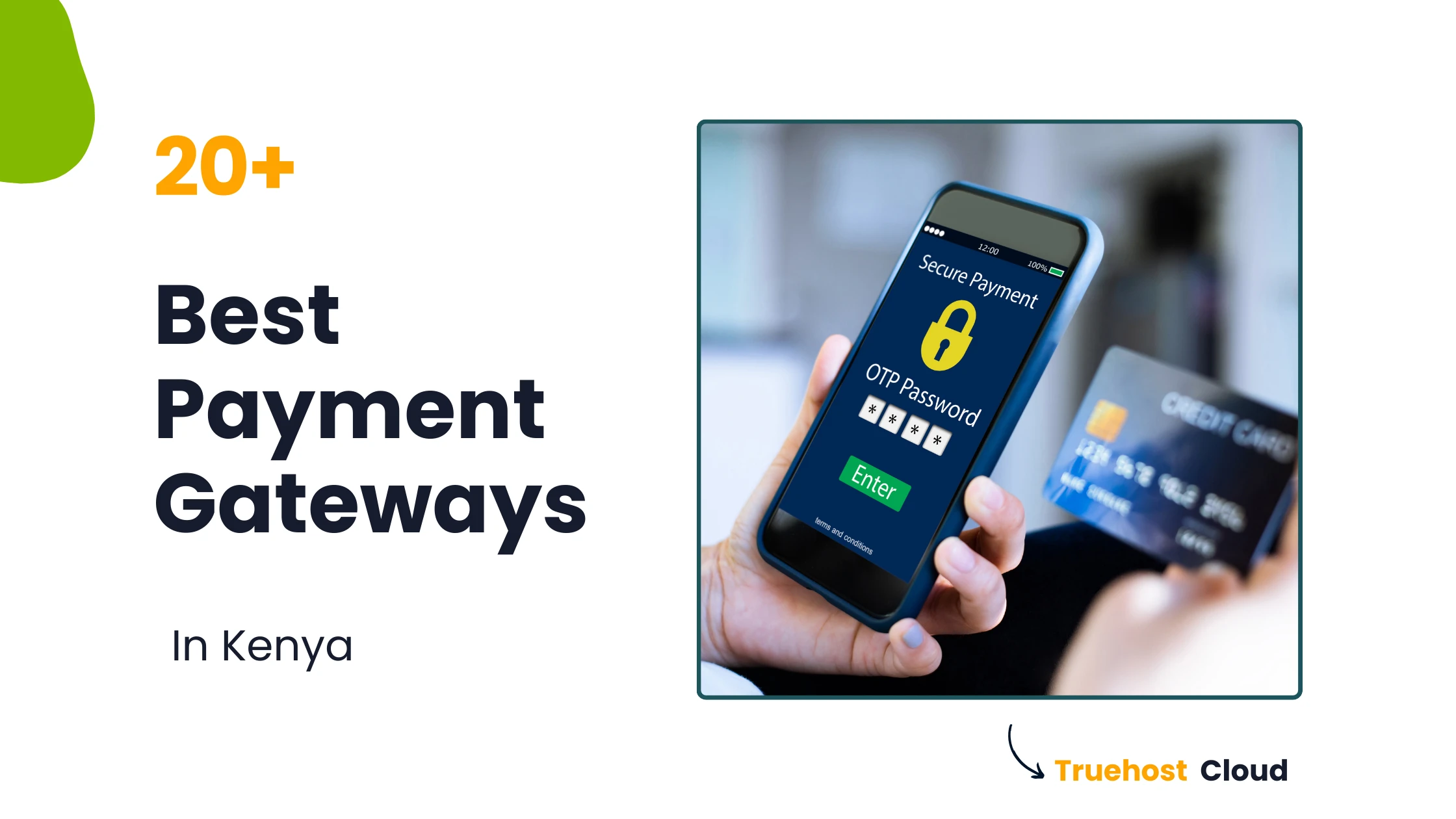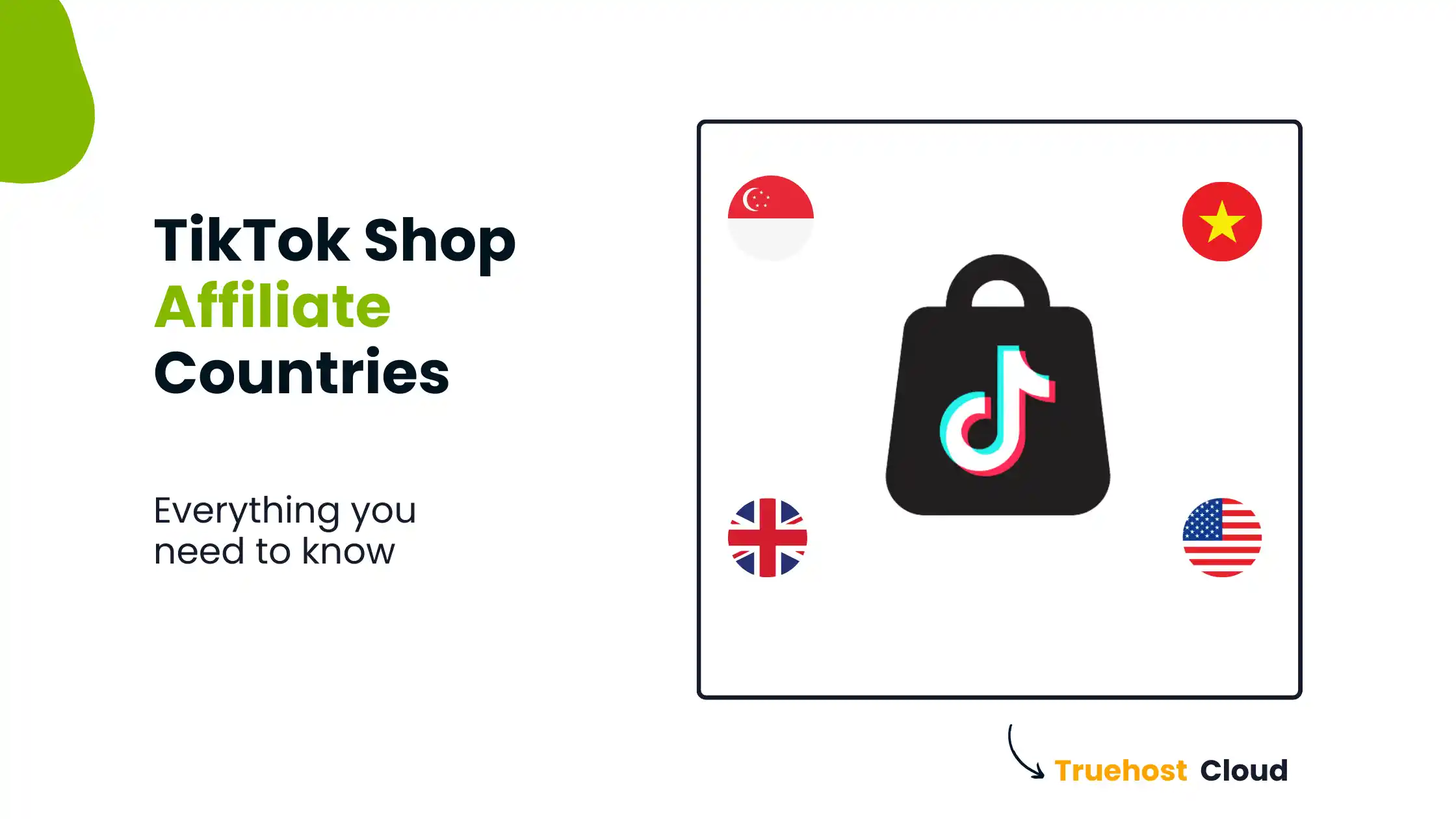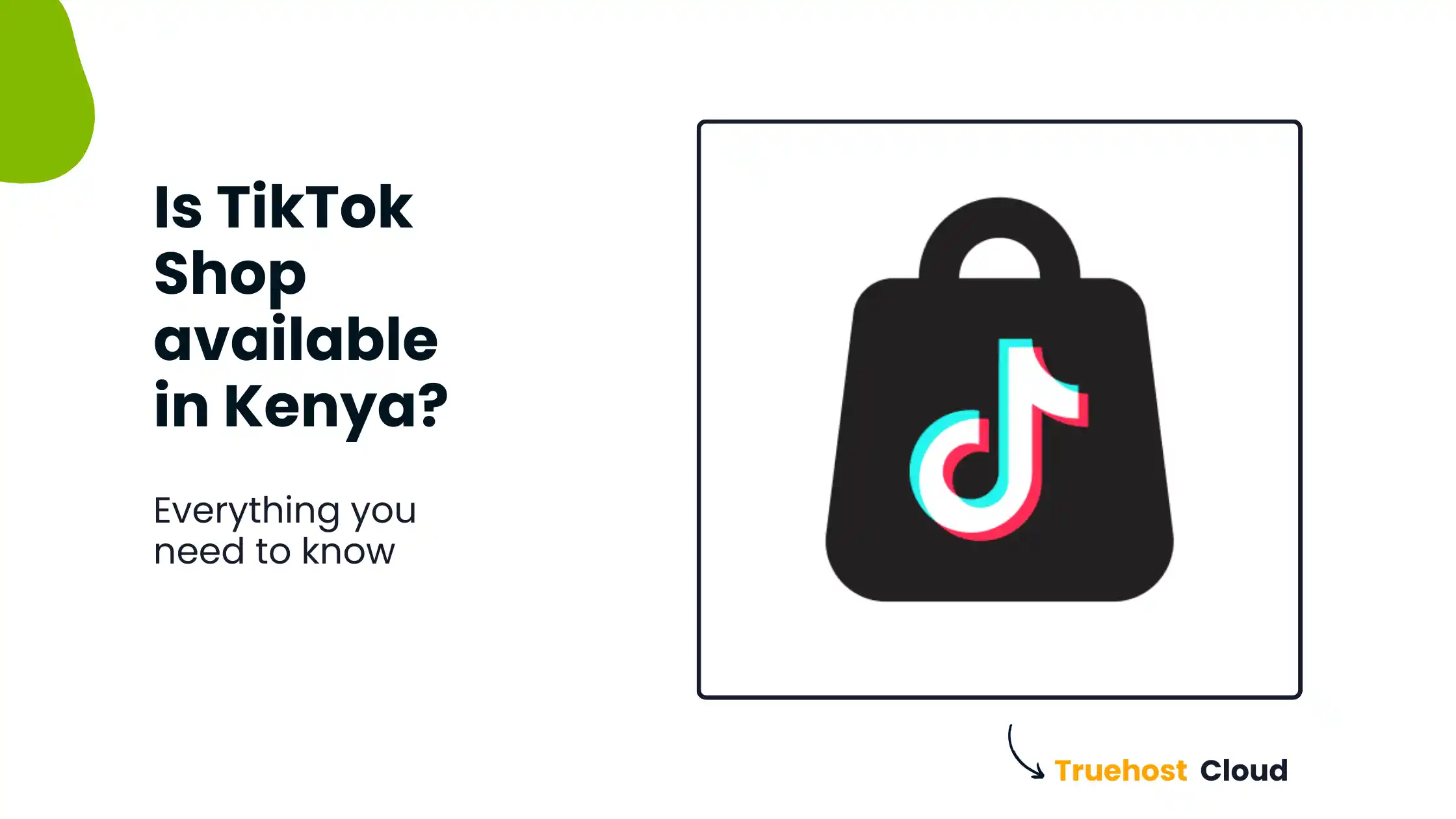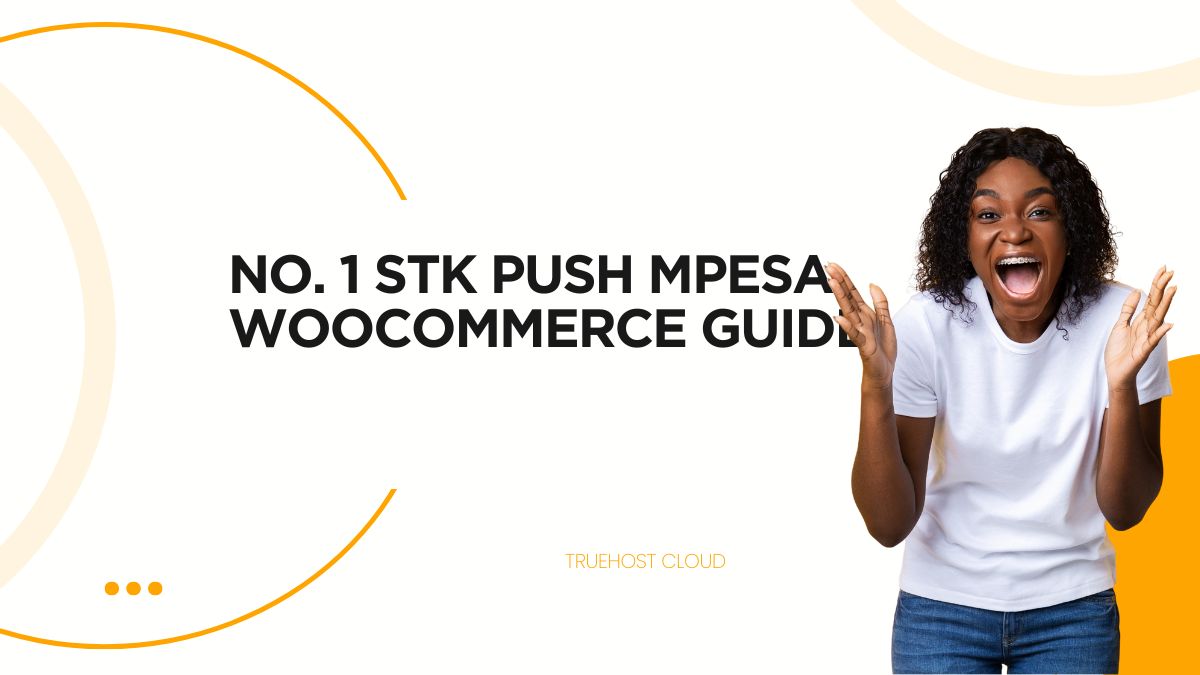If you’ve been blogging for a while with no leads or sales, don’t worry- you’re not alone. The internet is full of amazing content, and it can be tough to stand out. However, by following a few simple steps, you can turn your blog into a lead generation machine.
Sales is the lifeblood of any business, but it can be tough to generate sales when you don’t have any leads.
This blog post will explain how you can turn your blog into a lead generation machine. Using simple strategies, you can generate leads that will help you close more sales and grow your business.
What is a lead?
A lead is someone who has shown an interest in what you’re selling but isn’t necessarily ready to buy yet. That means it’s your job to turn that interest into a sale.
How do you know they’ve shown interest? They’ve given you their contact information or taken some kind of action on your website that indicates they want to learn more.
For example, if you’re selling software, a lead might download a free trial or request more information about your product.
What is Lead Generation?
As we’ve mentioned, a lead is a potential customer who has shown interest in your product or service in some way, shape, or form.
This means that lead generation can be defined as the process of attracting these leads. And leads are typically generated through marketing efforts such as content marketing, search engine optimization (SEO), pay-per-click (PPC) advertising, or trade shows and conferences (we will talk more about each in a minute).
Once a lead is generated, it is your job to nurture it until they are ready to buy your product or service.
The most important thing to remember about leads is that they are not all created equal.
Some leads will be further along in the buying cycle than others, and it’s important to qualify them accordingly.
For example, if you were selling software that requires a monthly subscription, you would want to focus your efforts on leads that are further along the buying cycle and more likely to close.
That’s where the lead generation funnel comes in.
What is a Lead Generation Funnel?
A lead generation funnel is a process you use to turn interested prospects into paying customers. The goal is to move people through the funnel by taking them from awareness of your product all the way to purchase.
Think of a funnel as a journey that your potential customer takes. It starts with them learning about what you have to offer (awareness) and ends with them buying it (purchase).
In between, there are several steps that you need to take in order to persuade them to buy from you.
The most common lead generation funnel looks something like this:
a). Top of the Funnel (TOFU)
In the TOFU stage, you generate awareness for your product through content marketing and SEO. You want to get people interested in what you offer so they will start considering making a purchase.
b). Middle of the Funnel (MOFU)
In the MOFU stage, you work to build relationships with potential customers and convince them that your product is the right solution to their problem. You do this through lead nurturing and lead conversion activities like email marketing, webinars, or free trials.
c). Bottom of the Funnel (BOFU)
Finally, in the BOFU stage, you seal the deal by getting people to purchase. This is typically done through pricing pages or checkout forms on your website.
How Does a Blog Generate Leads?
A blog can generate leads in several ways.
First, by writing informative and keyword-rich posts, you can attract people to your website who are interested in what you have to offer.
Once they’re on your site, you can then capture their contact information through forms or pop-ups so that you can add them to your email list. From there, you can continue to nurture them until they’re ready to buy.
The easier way to understand this is to use your blog to target each stage of the lead generation funnel we discussed earlier.
For example,
- TOFU: The goal here is to generate awareness and interest. Write blog posts introducing your product or service and explaining how it can help solve people’s problems.
- MOFU: Now that you have people’s attention, it’s time to start building relationships. Write blog posts that show your expertise and build trust with potential customers. You can also use email marketing or webinars at this stage to further convince them of your product’s value.
- BOFU: Finally, it’s time to close the deal and get people to buy from you. Use your blog posts in this stage to highlight pricing information or special offers so that people are more likely to make a purchase.
To this point, you are already a genius?! If you can understand how to work that, you will have constant sales leads for your business in Kenya.
But if you want a bullet-proof sales leads machine, you need a solid background.
Read also: #9 Tips for Writing Better Blog Posts Your Readers Will Love.
How to Turn Your Blog into a Lead Generator: Initial Stages
#1. Know your goals
Almost every business has some sort of goal, whether to make a certain amount of money, attract a certain number of customers, or achieve something else entirely. Whatever your goals are, it’s important to find a way to tie that into your blog.
One way to do this is by writing blog posts that are directly related to your goals.
For example, if one of your goals is to attract more customers, you could write a post about why your product or service is the best solution for their needs.
Another way to tie your goals into your blog is by using it as a platform to reach out to other businesses or customers who can help you achieve those goals.
For example, if you’re trying to attract more customers, you could reach out to other businesses in your industry and offer to guest blog on their website. This will help get your name and your business in front of a new group of people who might be interested in what you offer.
Start by brainstorming a list of goals you want your blog to help you achieve.
Once you understand those goals, start thinking about ways to use your blog posts to address them directly or use them as a platform to reach out to others who can assist with achieving those goals.
#2. Research your target audience
Another important initial step to take when turning your blog into a lead generator is to ensure you have a good understanding of your target audience.
Who are the people that you’re trying to reach with your blog? What are their demographics? What kinds of things are they interested in reading about? Answering these questions will help you better tailor your content so that it appeals directly to the people you want to read.
It can also be helpful to take some time and research other blogs that cover topics similar to what you plan on writing about. See what kind of content they’re putting out there and how popular it is with their readership. This can give you insight into what types of posts tend to do well with certain audiences and which ones fall flat.
Use this information as a starting point when planning your blog’s content. Keep your target audience in mind while brainstorming ideas for new posts, and consider ways to make each post more appealing.
#3. Align with Internal Departments
If your goal is to use your blog as a tool for generating leads, then it’s important to make sure that all of the content you put out there is in line with your company’s sales goals and objectives. After all, what good are leads if they’re not interested in what you have to offer?
To ensure your blog is aligned with the rest of your company, start by talking to the sales team. Find out their goals and see if there’s anything you can do to help them achieve them.
For example, if they’re trying to increase product awareness among a certain target audience, see if you can write some blog posts that focus specifically on those products.
You should also talk to the marketing team to see if they have any ideas or input on how you can use your blog to generate leads. They may already have some strategies in place that you can utilize, or they may be able to offer suggestions for new content that would be beneficial for lead generation.
Another good example is sourcing for frequently asked questions from your customer service team. This would give you an idea of content that potential leads might be interested in reading, and it can help pre-qualify those leads before they’re even passed on to the sales team.
How to Turn Your Blog into a Lead Generator: Preparation Stage
Understand how the leads move down the funnel
As we discussed earlier, you need to model the lead generation process. The only way to do that is for you to understand how the customers follow the steps down your lead generation funnel.
For example, imagine that you run a blog about pet food. This is how they’d turn into a lead:
- They find your blog post on Google or social media
- They read your blog article and feel convinced you know what you are talking about. So they decide to click the CTA (call to action) you provide at the end of your blog post. That could be a link to a landing page with more information, where they can leave their email address or download an e-book.
- Once you have their email address, you add them to your contact list in MailChimp (or whatever marketing tool you use). You also set up the automation rules so that when someone subscribes to this landing page, he will receive another blog post right away and then some other content over time.
- And now that you have them on your list, you can start sending them promotional emails to buy your products. If they don’t want to buy right away and unsubscribe from your list, that’s fine. You’ve still captured a lead.
Now let’s break this down into more specific steps:
1). Find out where your target audience hangs out online
2). Create content that appeals to them
3). Place calls-to-action at the end of your content
4). Capture leads with a landing page
5). Add new subscribers to your email list
6). Send promotional emails to your list
Find out where your target audience hangs out online
If you want to turn your blog into a lead generator, you must find out where your target audience hangs out online. There are a few ways to do this.
One way is to use social media. Look at the platforms your target audience is using and see where they are talking about your industry. You can also join relevant groups and forums.
Another way to find out where your target audience hangs out online is to use Google AdWords. AdWords allows you to target specific keywords that people are searching for. This can help you narrow your audience and find the right places to advertise your blog.
Once you know where your target audience hangs out online, you can start working on ways to reach them. This might include creating content that appeals to them or advertising in the right places.
But since we are talking about a blog, the former will work.
Create content that appeals to them
Now that you know more about your audience, it’s time to start creating content that appeals to them. This means thinking about what topics they’re interested in and what questions they want to answer.
One great way to develop new content ideas is simply asking your audience what they want to see. You can do this through social media, surveys, or even by asking people in person.
Another approach is to look at what other popular blogs in your niche are doing and see if there’s anything you can add to the conversation. There’s no need to reinvent the wheel, but adding your unique perspective can help you stand out from the crowd.
Finally, don’t forget that sometimes the best content is simply something that’s entertaining or informative. More on that in a minute.
a). Conduct topic research
To create content that appeals to your audience, you first need to know their interests. The best way to do this is by conducting topic research.
Topic research simply involves finding out what people are searching for online. There are a few different ways to do this:
The first is to use Google’s Keyword Planner. This free tool allows you to enter a keyword or phrase and see how many people are searching for it each month.
You can also get ideas from social media sites like Twitter and Reddit. Simply search for your topic on these sites and see what kind of conversations occur.
Another approach is to look at what other popular blogs in your niche are writing about. You can use tools like BuzzSumo and Alltop to find the most popular articles on any topic.
b). Create an outline
Once you know what topics to write about, it’s time to start creating an outline. An outline is simply a plan for your content that includes the main points you want to make and the order in which you’re going to make them.
Creating an outline will help ensure that your content is well-organized and easy to follow. It can also help keep track of ideas as you move from one piece of content to the next.
Here’s an outline example you can follow:
- The title should be the most attention-grabbing element of your blog post. It’s important to make it catchy and compelling at first glance because that will determine whether a reader clicks through or not. Your title can ask a question, state an interesting fact, or be super specific (which works especially well if you’re targeting long-tail keywords).
- The body of your blog post needs to deliver on the promise made in the title. So if your headline was “10 Ways To Make Money Online”, each subsequent paragraph should discuss one of those 10 ways in more detail. Remember to use relevant images and videos throughout your post, as this helps break up the text and makes for a more engaging read overall.
- And finally, don’t forget about call-to-actions! These are essential for turning readers into leads, so make sure you include them at strategic points throughout your content (e.g., after every 2-3 paragraphs) with links back to landing pages where people can sign up for something like a free trial or request more information from you directly.
c). Keep it interesting
It’s important to remember that your audience is made up of real people with their own interests, desires, and attention spans. This means you must keep your content interesting if you want them to stick around.
One way to do this is by using strong storytelling elements in your writing. This could involve personal anecdotes, relatable examples, or even just a well-placed joke here and there.
You should also try to mix up the format of your content from time to time. This could mean creating infographics, videos or even using different headlines.
The bottom line is that you need to find ways to keep your audience engaged with your content if you want them to stick around long enough to become a lead.
d). Demonstrate your expertise
If you want people to trust your brand, you need to show that you’re an expert in your field. The best way to do this is by creating high-quality content demonstrating your knowledge and expertise.
This could mean writing detailed how-to guides, sharing case studies from past projects, or even providing helpful tips and advice on a given topic.
Whatever approach you take, the goal should be to show potential leads that they can rely on you for accurate information and reliable results.
Well-place CTAs
A CTA, or call-to-action, is a prompt on a website or other digital content that encourages the user to take a specific action.
CTAs are typically used to encourage a sale or sign-up but can also be used to promote content downloads, webinar registration, and more.
When designing your CTAs, there are a few key things to keep in mind:
- Keep it clear and concise – Your CTA should be easy to understand and not require too much effort. Use strong verbs and avoid ambiguity.
- Make it visually distinct – Use color, whitespace, and/or an eye-catching design to make your CTA stand out from the rest of your content.
- Use persuasive language – Language is key when it comes to convincing someone to take action. Use words that evoke emotion and clarify what the user will gain by following your CTA.
- Place it prominently – Your CTA should be placed in a spot where users can see it and act on it easily. This may mean above the fold on your website or in the middle of a blog post.
- Test, test, test – Always A/B test your CTAs to see what works best for your audience and goals. Try different wording, placement, and design elements to see what gets the most clicks.
Here are some of the main types of call-to-actions you can use in your blog posts:
- Content Downloads – Offering a piece of content, such as an eBook or white paper, in exchange for contact information is a great way to generate leads. Be sure to make your CTA clear and use persuasive language to encourage downloads.
- Free Trial or Demo – If you offer a software product or service with a free trial period, include a CTA in your blog post encouraging readers to sign-up. Use strong verbs like “start” or “try,” and be clear about what the user will get by taking action.
- Event Registration – Promote webinars, conferences, and other events on your blog and include CTAs allowing users to register for the event easily. Make it easy for them by including all relevant event details in the CTA (date, time, location).
- Contest or Promotion – Hosting a contest or promotion is a great way to drive traffic and engagement on your blog. Include a CTA in your post explaining how readers can enter the contest. Be sure to include all relevant details, such as what they’ll win and when the contest ends.
Where to put CTA?
- On the top of the page
- Middle of the Page (Split)
- At the end of the Article
Types of CTAs and When to Use Them
a). Hello Bar
A Hello Bar is a web design element that is placed at the top of a webpage.
It typically contains a message or call to action (CTA) that encourages visitors to take some desired action, such as signing up for a newsletter or downloading a white paper.
Hello Bars can effectively increase website conversions, as they provide a clear and visible CTA that is hard to miss.
And when used properly, they can help guide visitors through your website and encourage them to take the desired action.
b). Static Sidebar
Static CTAs are the simplest type of CTA. They are always visible on the page and do not require any interaction from the user to be seen.
The advantage of using a static CTA is that it is always visible and easy for users to find. The downside is that static CTAs can be ignored by users who are not interested in taking action immediately.
c). Scrolling Sidebar
A scrolling call-to-action looks like a static call-to-action. The differences are in mobility, as you can make the scroll the call-to-action to follow readers everywhere, it is displayed and get noticed more.
d). Exit Intent Overlay
Before a visitor leaves the website, exit intent will pop up with a prompt. It is intended to help visitors stay on the site and complete an action before leaving, which may help prevent things like cart abandonment.
e). Slide-in or Popup
When readers scroll down and continue reading the article, a slide-in or popup comes up.
Measuring how effective your blog is in generating leads
Your blog is one of the most important tools in your lead generation arsenal—but are you using it effectively? Here are a few tips for measuring your blog’s effectiveness in generating leads.
First, take a look at your website traffic. How many people are coming to your site? Where are they coming from? Are they finding you through search engines, social media, or other sources? If most of your traffic comes from search engines, that’s a good sign that your blog content is relevant and helpful.
Second, look at how many leads you’re generating from your blog. If you have a contact form or other way for readers to get in touch with you, keep track of how many people fill it out after reading your blog. You can also track how many people click on links to your website or landing pages from your blog.
Third, look at the quality of the leads you’re generating. Are they qualified prospects who are likely to be interested in what you have to offer? If so, that’s a good sign that your blog generates leads effectively.
Finally, keep an eye on your sales numbers. Have you seen an uptick in sales since starting or revamping your blog? If so, congratulations—you’ve successfully used your blog to generate new business!
Conclusion
If you’re running a business, large or small, odds are you could benefit from starting a blog. Why? Because a blog is an effective lead generation tool that can help you reach new customers and grow your business.
But how do you turn your blog into a lead generation machine? It’s not as difficult as it may seem. Just follow these simple tips:
- Write quality content that educates and informs your readers.
- Include calls to action in your posts to encourage readers to take the next step.
- Use social media to promote your blog and drive traffic to your website.
By following these tips, you can start generating leads from your blog in no time.
So what are you waiting for? Start blogging today!
 Domain SearchInstantly check and register your preferred domain name
Domain SearchInstantly check and register your preferred domain name Web Hosting
Web Hosting cPanel HostingHosting powered by cPanel (Most user friendly)
cPanel HostingHosting powered by cPanel (Most user friendly)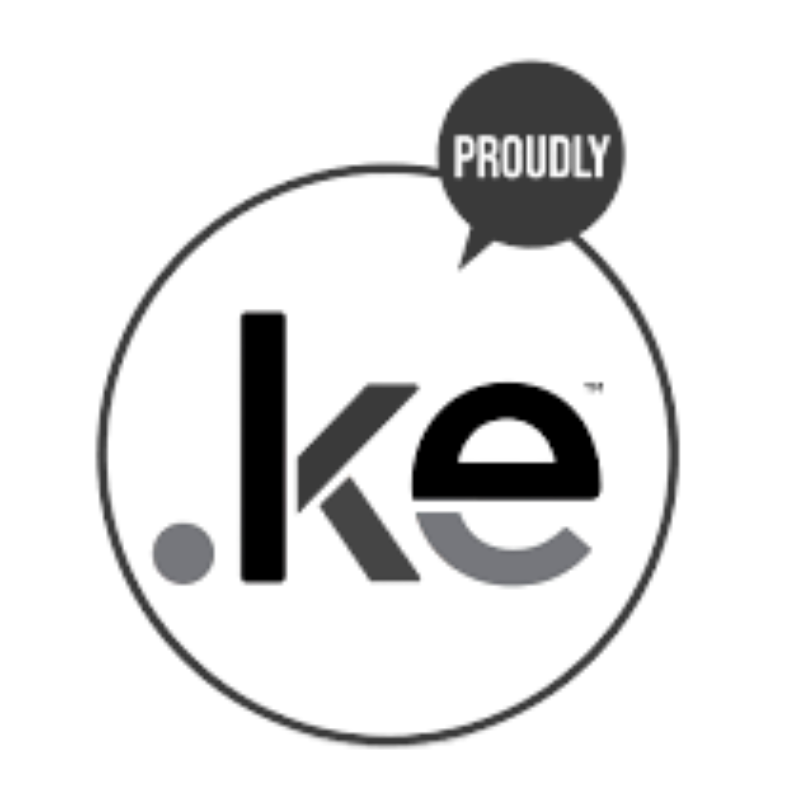 KE Domains
KE Domains Reseller HostingStart your own hosting business without tech hustles
Reseller HostingStart your own hosting business without tech hustles Windows HostingOptimized for Windows-based applications and sites.
Windows HostingOptimized for Windows-based applications and sites. Free Domain
Free Domain Affiliate ProgramEarn commissions by referring customers to our platforms
Affiliate ProgramEarn commissions by referring customers to our platforms Free HostingTest our SSD Hosting for free, for life (1GB storage)
Free HostingTest our SSD Hosting for free, for life (1GB storage) Domain TransferMove your domain to us with zero downtime and full control
Domain TransferMove your domain to us with zero downtime and full control All DomainsBrowse and register domain extensions from around the world
All DomainsBrowse and register domain extensions from around the world .Com Domain
.Com Domain WhoisLook up domain ownership, expiry dates, and registrar information
WhoisLook up domain ownership, expiry dates, and registrar information VPS Hosting
VPS Hosting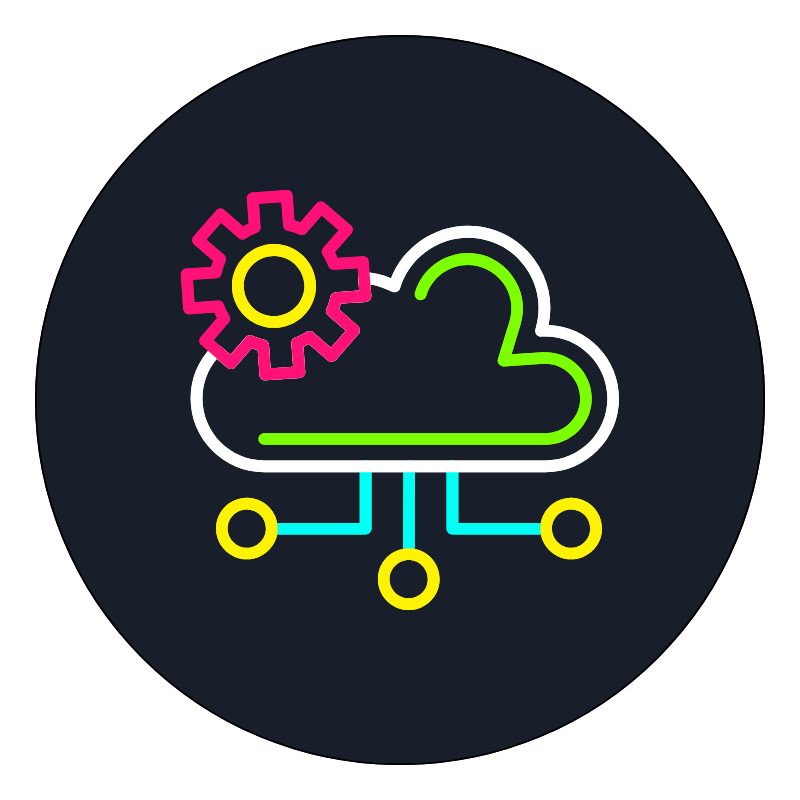 Managed VPSNon techy? Opt for fully managed VPS server
Managed VPSNon techy? Opt for fully managed VPS server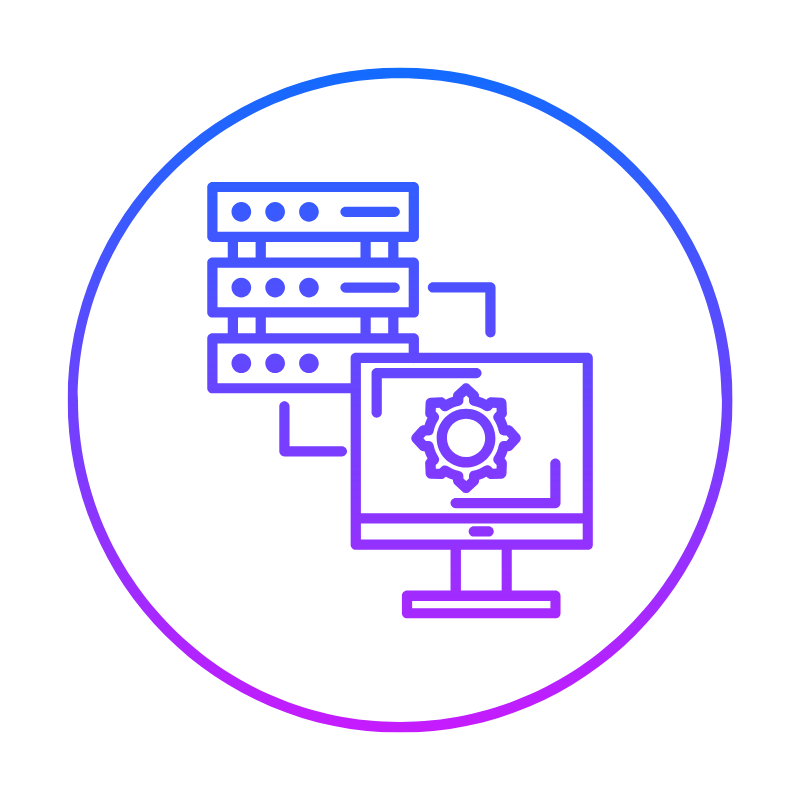 Dedicated ServersEnjoy unmatched power and control with your own physical server.
Dedicated ServersEnjoy unmatched power and control with your own physical server. SupportOur support guides cover everything you need to know about our services
SupportOur support guides cover everything you need to know about our services


